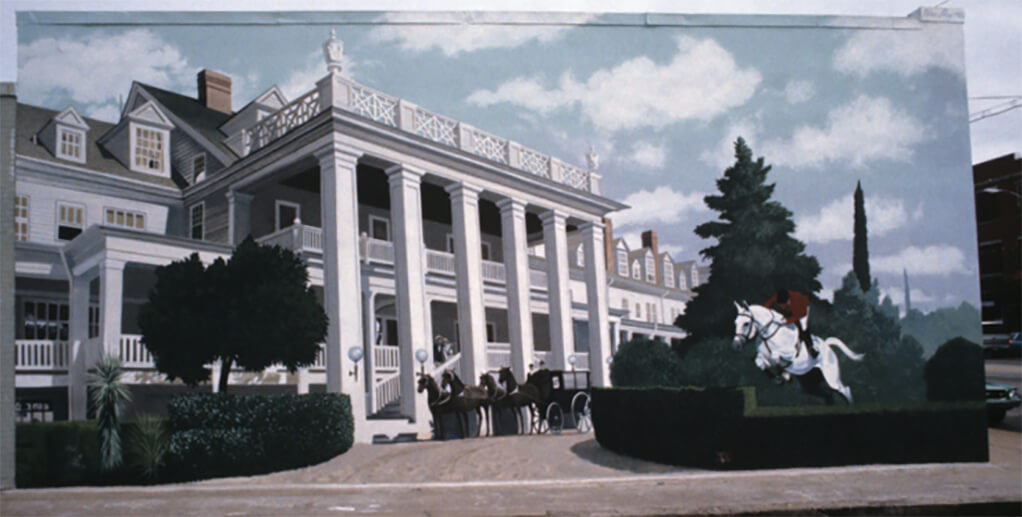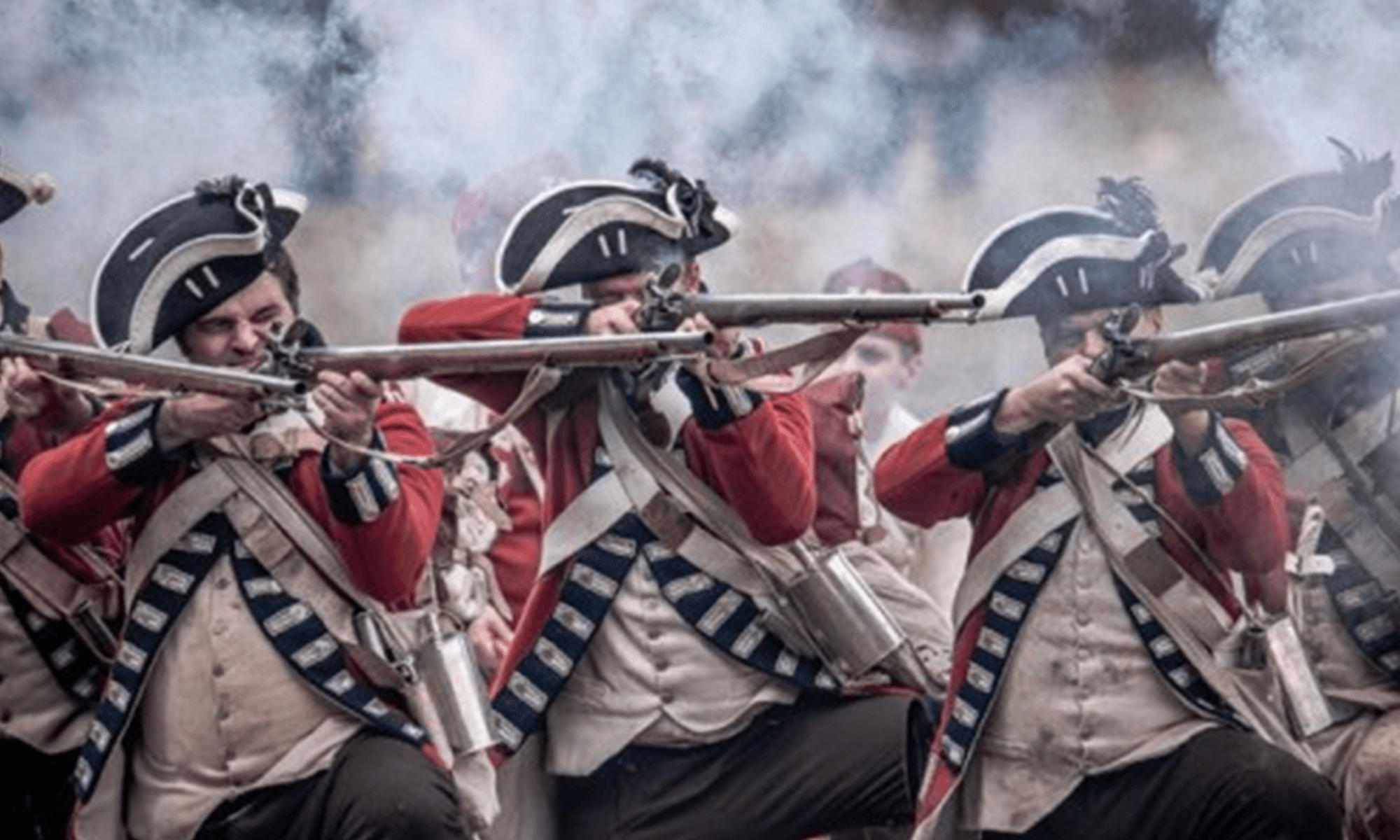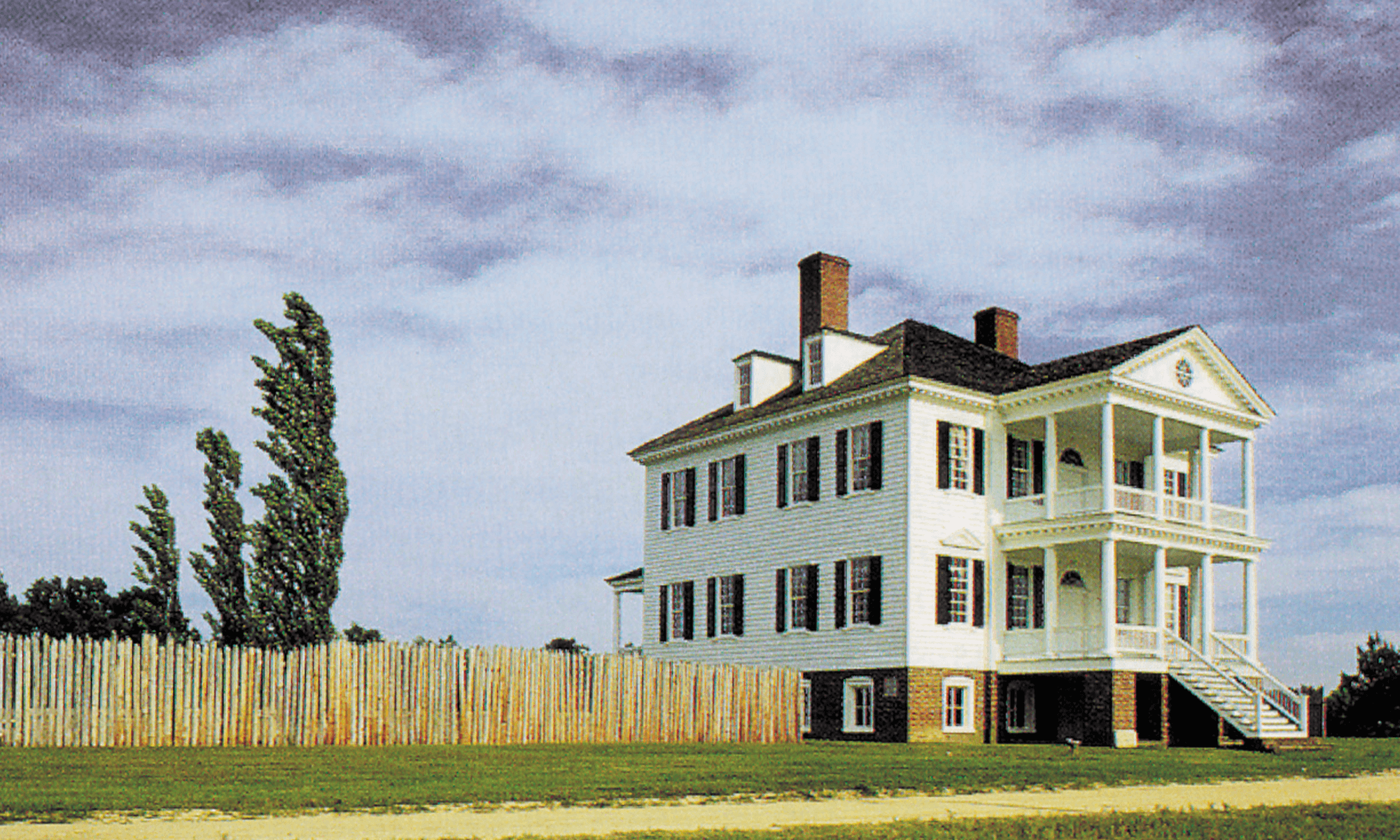A History of Camden

History Of Camden
In 1730, colonial Governor Robert Johnson ordered the establishment of eleven townships across the backcountry of South Carolina. The township located on the Wateree River was surveyed in 1733 and named Fredericksburg. Originally the concentrated town area was intended for the area around present day Cantey Lane, but that site was never settled. The earliest permanent settlers, a group of Quakers, located around present day Lugoff near the river in the 1750s. When Joseph Kershaw moved to the area in 1758, he established a store, saw and gristmills, indigo works, a distillery, and a tobacco warehouse at what he called Pine Tree Hill.
Kershaw laid out the first town plan on land around Big and Little Pine Tree Creeks, where Historic Camden is located today. The earliest plan dates to 1774. Kershaw’s settlement become known as Camden in 1768, in honor of Charles Pratt, Lord Camden, an advocate of the American colonists’ rights. Camden was the site of two Revolutionary War Battles, the Battle of Camden and the Battle of Hobkirk Hill.
After the Reconstruction Period, Camden evolved into a tourist mecca for Northerners and mid-Westerners seeking a warmer winter climate. Camden had three large tourist hotels and many smaller boarding houses. The “Hotel Era” lasted from 1882 through the years of World War II. Camden developed as an equine center during these years – Steeplechase races, polo, and horse shows became hallmarks of Camden’s style. To learn more about Camden, visit the Camden Archives and Museum.
Experience Camden Like a Local
Experience The Battle of Camden
Experience The American Revolution Up Close!
This all outdoor, family friendly event is the largest force-on-force reenactment in the nation! You will see hundreds of Crown and Patriot reenactors, full scale battles, period entertainment including fire-erupting cannons and a host of other incredible American Revolution experiences. Bring the kids, bring the family and bring your appetite. Food vendors onsite and downtown camden eats and treats are just minutes away.
Walk Through History at Camden’s Revolutionary War Park
Experience The Southern Campaign of the American Revolution Like Never Before
Camden is dripping with Revolutionary War History. It’s one of the most significant battle sites in the entire Southern Campaign of the Revolutionary War. Plan a weekend of history, hospitality and incredible experiences with a trip to Camden’s Revolutionary War Park. Explore the Colonial Village at Historic Camden. Meander through the pines on the 3+ mile nature trail with interpretive signage. Learn about South Carolina’s leading role in turning the tide of war at the Revolutionary War Visitor’s Center. And don’t forget to stop off in downtown Camden for a bit to eat after all that history!
Visit The Revolutionary War Visitors Center at Camden
earn About The Real Turning Point in The American Revolution - The Southern Campaign
The Revolutionary War Visitor Center at Camden is the gateway to both South Carolina’s pivotal role in the American Revolution and the multitude of things to do and see in Camden-Kershaw County. The Center tells the story of the real turning point of the Revolution – The Southern Campaign. Discover Friends and Foes of the cause as well as the hard-fought battles by determined patriots with their hearts set on liberty.



